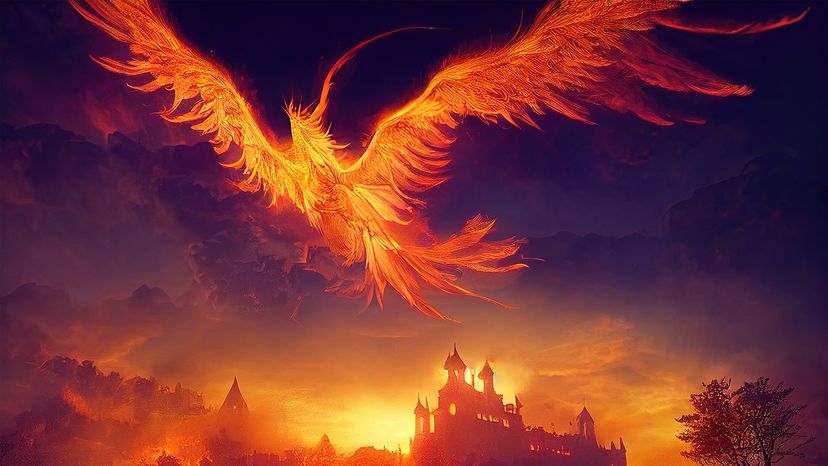Birds hold a special place in the human heart, and their majestic appearance elements make them a common muse for myths and folklore in nearly every culture.
Thunderbird and Lightning Bird
Several African and Native American cultures have stories of gigantic birds that nest in the tallest mountains and have the power to summon thunder and lightning in nearby villages.
In South Africa and Zimbabwe, this creature is often known as Impundulu and is most commonly associated with medicine men and spiritual shamans.
Hugin and Munin
These two ravens are loyal spies for Odin, the most powerful god in Norse mythology. Their names mean "thought" and "memory," which are both necessary traits for creatures acting as Odin's eyes and ears between the many multidimensional kingdoms surrounding Earth.
Minokawa
This dragon-like bird from Filipino mythology is a serious force of nature that is large enough to swallow the moon, explaining eclipses and other mysterious celestial events. (If you're intrigue by Minokawa, you might also be interested in how the CIA used the aswang from Filipino folklore during the Cold War.)
Quetzalcoatl
Although Aztec iconography may portray this serpentine creature to look more like a dragon, it's often connected more with birds due to its large wings and thick plumage of multi-colored feathers.
Quetzalcoatl was a central deity of the Aztec religion that held sway over the wind, merchants, arts, crafts, knowledge and learning.
Gamayun
Similar to the sirens of Greek mythology, the Gamayun from Russia has the face of a woman and the body of a bird. Gamayun's song is said to foretell the future, and the mythological creature is often associated with universal knowledge and insight into the unseen world.
